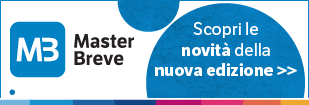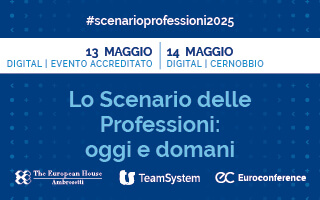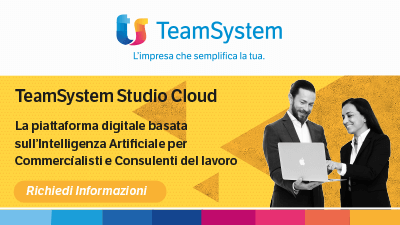Becoming more consultative may challenge accountants because it requires resisting the temptation to be strictly analytical. Accountants can develop a consultative skill set by asking more questions, improving their active-listening skills, and offering examples of previous successes as applicable to a situation being discussed.
Ten Tips[1] for Building Relationships with Your Clients during Meetings
1. Doing your homework first, before the client meeting, will help you be more prepared to ask appropriate questions. Even if you have extensive experience in a particular industry or sector, do some research on your client to reaffirm your understanding of the client’s history, customers, goals, and competition.
2. Because each client is unique and circumstances change, take care to not assume you know a client’s challenges or motivations. Spend a few minutes at the beginning of a client meeting asking questions about the client’s business and actively listen to what the client says. Let the client know you’ll take notes during the meeting, which indicates you care about what he or she is saying. Taking notes also serves as a reminder for items that require you to follow up after the meeting.
3. Ask clients where they visualize their business to be one, five, or ten years into the future. Whether the discussion centers on sales, succession planning, or diversification, having this information allows you to provide relevant advice that will help clients realize their vision.
4. Clients need to understand the basics of finance, tax, and accounting as it relates to their business. But if they aren’t accountants themselves, this may not be their favorite subject. Take care not to inundate them with obscure acronyms or details surrounding new or changing tax laws. Always try to relate your message specifically to your clients through conversation and with a storytelling approach. Describe similar situations and offer examples of how others handled situations successfully.
5. To provide the best possible services, partnerships could reasonably extend beyond your sole interaction with clients. Ask questions about their lawyer or financial planner and offer to work with them, if needed, on behalf of your clients.
6. Like you, your clients are busy. Focus on solutions and recommendations for your clients that will save them time and money. Offering advice on ways they might lower expenses or increase ROI will go a long way in building a relationship and increasing trust.
7. Help clients increase productivity by using technology to run their business or manage simple tasks, such as organizing an electronic calendar. Consider recommending web portals or applications (apps) when offering time-saving advice. Plan on taking time during your client meeting to demonstrate how web portals work, or recommend certain apps for an iPad or smartphone. Preparing at-a-glance technology handouts for clients to review later at their home or office also may help.
8. Offer your clients an alternative contact if you’re not available and there’s an urgent matter that needs to be addressed. It’s quite common for accountants sharing office space to have this backup contact arrangement as an agreed-upon business practice. However, this approach becomes more challenging when you’re a sole practitioner. If you don’t employ any staff, consider forming this backup contact arrangement with a local financial planner or insurance agent; a professional who offers services that complement yours. The practice of building a team approach will help improve customer service, increase timeliness of response to urgent client requests, and give clients a sense of continuity.
9. While some clients may like e-mail, others prefer a telephone call instead. Don’t make assumptions; rather, ask your clients how they prefer to be contacted. Make note of their preferences in their file and do as they prefer. If you prefer one over the other, ask for their approval to be contacted by phone or e-mail, whichever you prefer.
10. After a client meeting, make it a practice to follow up with clients to thank them for their time. This relationship-building exercise is also an opportunity to share any additional information that was indicated as a follow-up item during the meeting.
Taking a consultative approach focuses on asking questions, actively listening, and providing advice based on clients’ specific needs, rather than focusing solely on the services you offer. Adopting this approach may require an accountant to change how client meetings are managed, but ultimately, the payoff[2] will result in strengthened client relationships.
http://www.accountingweb.com (last visited 5.11.13)
Comprehension exercises
1). The author gave each tip a summary title. Match the title (a-k) to each tip (1-10). There is one title you will not need.
a. Build a team approach; b. Do your homework first; c. Find out how clients prefer to be contacted; d. Follow up; e. Establish your fee scale at the start of the meeting; f. Learn about your clients’ vision of the future; g. Listen before you talk; h. Offer to work with other advisors; i. Provide anecdotes and examples; j. Save your clients time and effort; k. Use technology
2) Put the tips in order of importance for you. Do you agree with all of them? Are there any other tips you could add?
3) According to the text, what is the opposite of the consultative approach?
ANSWERS
1)
- Do your homework first
- Listen before you talk
- Learn about your clients’ vision of the future
- Provide anecdotes and examples
- Offer to work with other advisors
- Save your clients time and effort
- Use technology
- Build a team approach
- Find out how clients prefer to be contacted
10. Follow up
3) Analytical approach
[1] consigli, suggerimenti




















